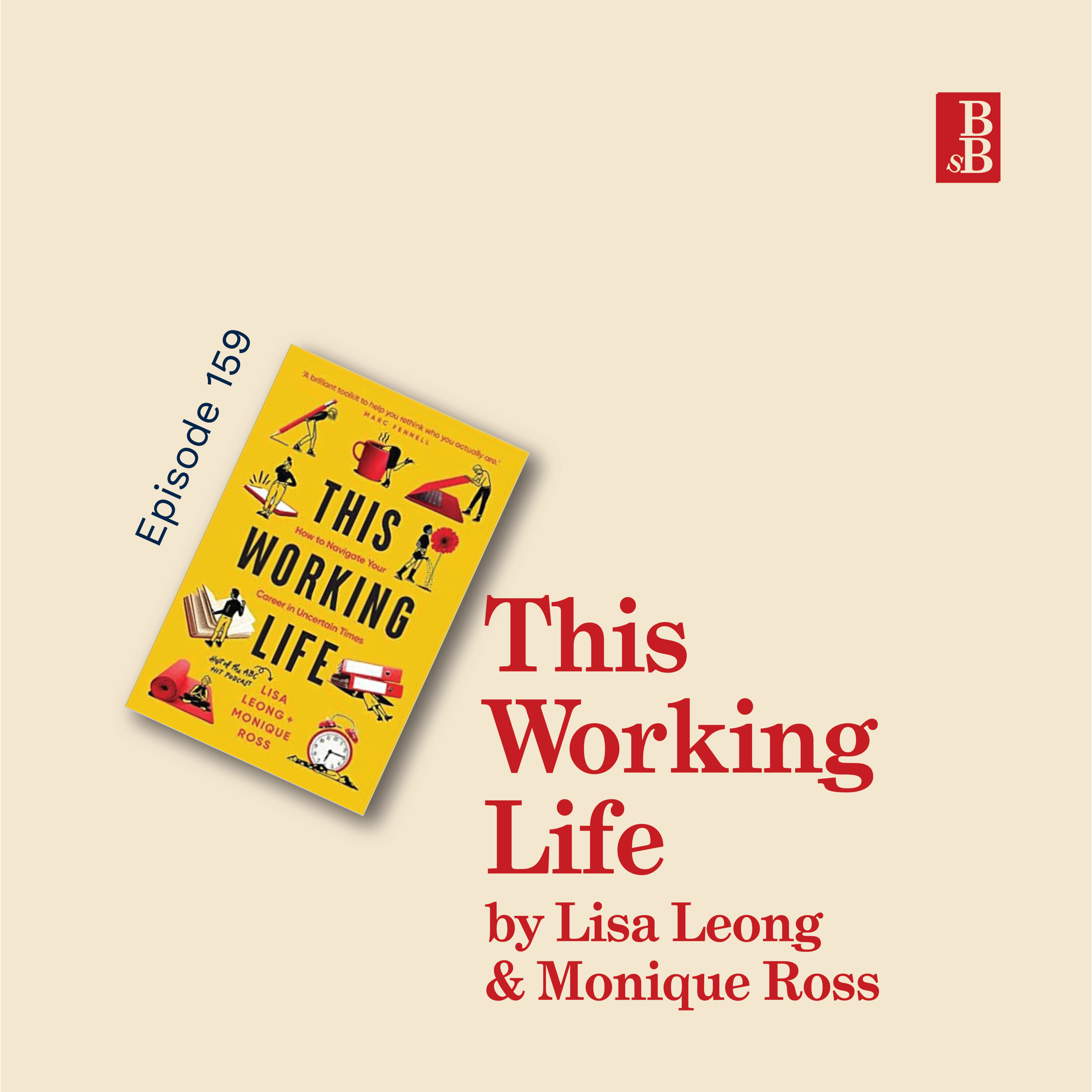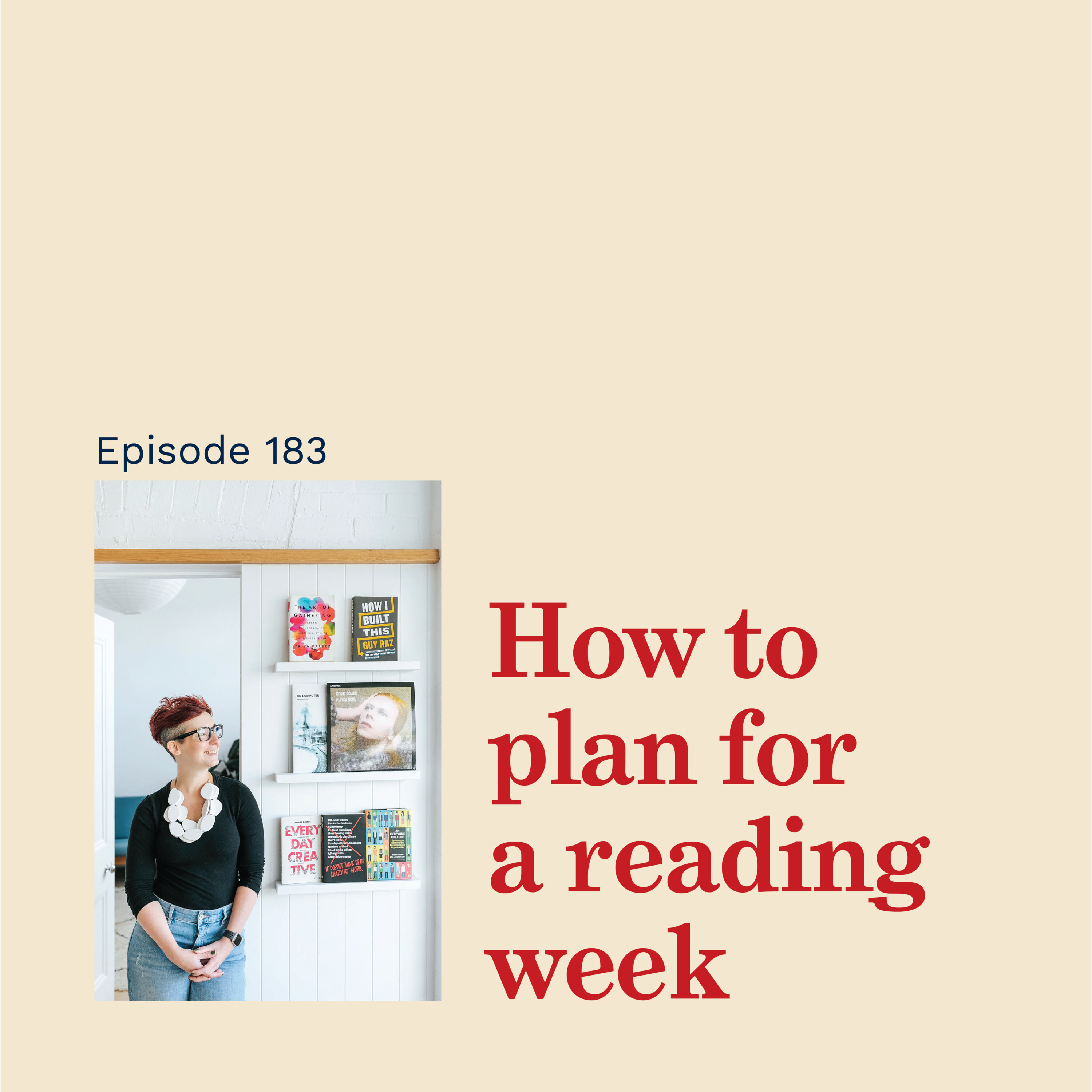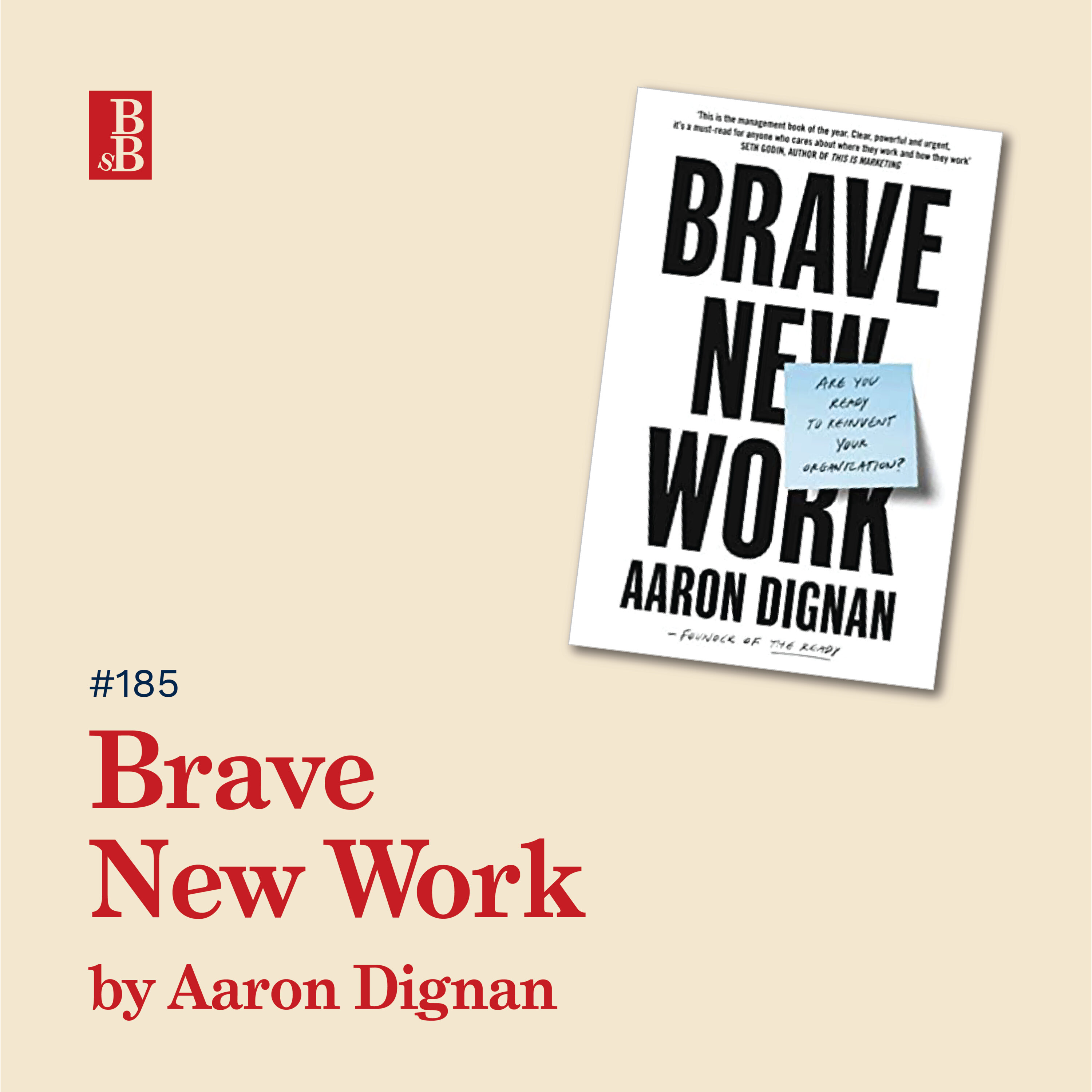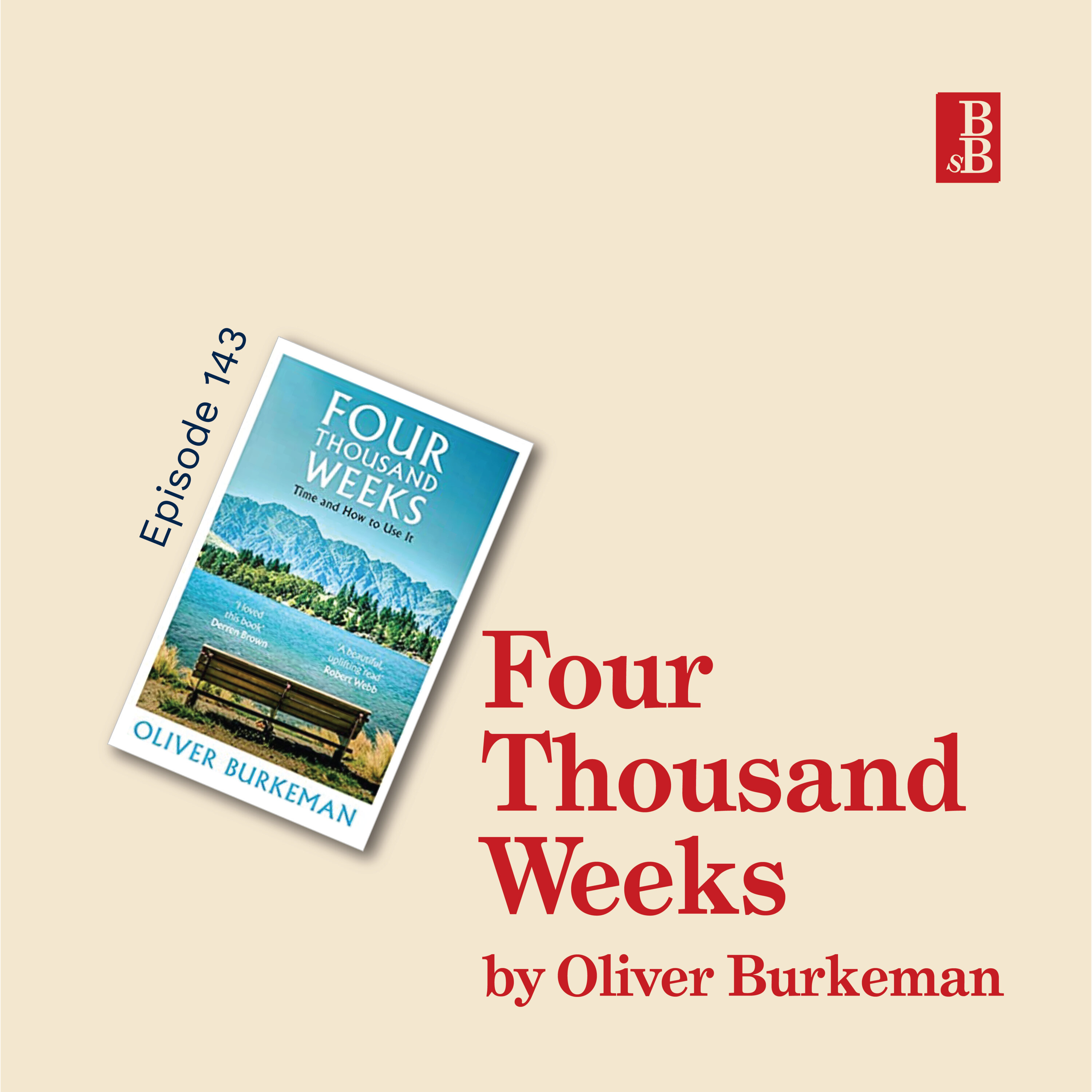Powerful by Patty McCord: why it's time to start treating your employees like adults
About the book
When it comes to recruiting, motivating, and creating great teams, Patty McCord says most companies have it all wrong. McCord helped create the unique and high-performing culture at Netflix, where she was chief talent officer. In her new book, Powerful: Building a Culture of Freedom and Responsibility, she shares what she learned there and elsewhere in Silicon Valley.
McCord advocates practicing radical honesty in the workplace, saying good-bye to employees who don’t fit the company’s emerging needs, and motivating with challenging work, not promises, perks, and bonus plans. McCord argues that the old standbys of corporate HR―annual performance reviews, retention plans, employee empowerment and engagement programs―often end up being a colossal waste of time and resources. Her road-tested advice, offered with humor and irreverence, provides readers a different path for creating a culture of high performance and profitability.
Powerful will change how you think about work and the way a business should be run.
Source: https://pattymccord.com/book/
About the author
Patty McCord brings the Silicon Valley concepts of fresh ideas and innovation and applies them to rethinking the way we work. She challenges norms and invites us to reconsider the idea of “best practices.”
From her many years working with companies that range from very large global tech companies to small very small innovative start-ups, Patty saw first-hand how companies can become slow and complacent and employees become cynics and whiners. She spent 14 years at Netflix experimenting with new ways to work. Making the Netflix culture deck become reality for the people who work there. From abolishing performance reviews to challenging the need for policies, Patty believes people come to work as fully formed adults with a desire to make an impact and be proud of what they do and she’s on a mission to spread the word that we can do this differently. She is frequently in the media with interviews and articles from Harvard Business Review, NPR, Fast Company and The Wall Street Journal. She speaks at CEO Forums, Business schools and for large groups around the world.
Source: https://pattymccord.com/about-patty/
Big idea #1 — Your employees are adults
Your employees have power, but only if you don’t take it away. There’s been a big theme for a number of years around employee empowerment. We only need to empower employees if we disempowered them in the first place.
Netflix wasn’t built on elaborate systems. They kept stripping away policies, but they did it experimentally. This doesn’t therefore create a ‘free for all’, which is usually what people freak out and assume is going to happen when you start removing policies and procedures. Instead it removes the ‘senseless bureaucracy and stupid processes’, and instead focuses on discipline and behaviour.
This is what the Netflix culture deck is. It’s a summary of the behaviours that they expected people to be disciplined about in their time working for Netflix.
Patty’s belief is that a business leader’s job is to ‘create great teams that do amazing work on time’. That’s it. We don’t need loads of policies and processes and practices in order to do that, we just need to create the environment where people can do their best work. And even more so to create a company where people want to come in and ‘solve these problems with these people’, which is one of the phrases that Reid Hoffman used when he was describing to Patty the company culture that he wanted to create.
Now it’s worth noting that Patty was at huge tech companies before Netflix. She was at SunMicrosystems for a number of years, which is a huge, traditional tech company. She wasn’t always in this super cool startup Netflix kind of place. She says in the book that she often in her previous life she had implemented some of the policies and procedures that she eventually began to question, as she began to realise they just weren’t effective, and therefore were a huge waste of time and resources.
Big idea #2 — The principles
These are lessons that Patty learn about how to instill principles and behaviors of high performance in teams and set a culture in an organisation.
All teams and companies are different, so you can’t just lift the Netflix culture deck and adopt it as your own, but these five principles seem to be common and true and underlying whatever the ‘culture deck’ would look like for a company:
- We want to clear, open, constant communication about the work to be done and the challenges being faced. Not only for manager’s own team, but for the company as a whole.
- We want people to practice radical honesty, telling one another, and us, the truth in a timely fashion. And ideally face-to-face.
- We want people to have strong fact-based opinions and debate them avidly and test them rigorously.
- We want people to base their actions on what was best for the customer and the company, not on attempts to prove themselves right.
- We want hiring managers to take the lead in preparing their teams for the future by making sure they had high performers with the right skills in every position.
(Can you imagine if this was the case in all companies, it would be utopia),
All of this shows the underlying principles of discipline, and creating the environment, the systems and the conversations that allow that to sustain. None of those require endless policies and practices.
One thing that Patty is really strong about in the book is about your people. really knowing and understanding the business. Your people aren’t going to make the best decisions, and possibly behave in the correct/desired way if they don’t know the business. Knowing what you’re striving for, what you’re aiming for, what’s important, and what’s not is even more important than any learning curriculum. Help people understand, which will help give them the discipline to decide, act, and behave in the way that’s best for the customer and the business.
Big idea #3 — Create debate
One of the principles was around creating strong fact-based opinions to debate them avidly and test them rigorously, and also that the point of a debate was not about you being ‘right’.
They took this very seriously in Netflix. In her HR role Patty regularly tested “best practices” or “conventional wisdom”, and experimented by removing things, seeing what happened, tweaking, testing, and then putting things back in or taking more things out.
The Netflix exec team would orchestrate debates in front of each other, including having to argue the other side or different position to the one they maybe wanted to take or they believed in. They would also do this publicly in monthly debates in the Netflix theatre, where they would invite all of the staff to come and watch the debate a particular real business challenge they were facing at the moment. This was no role play just for the sake of doing it.
Part of this was to show that there’s no easy or obvious answer to hard questions, particularly at that strategic level, so it helped people see that there were multiple different, equally good directions, that decisions could go in and that it’s hard to decide which one to do.
This is a great way of role-modelling debate, and really powerful to show debate for the best betterment of the company, the customer experience, the clients, whatever it happens to be, and not for personal gain / being ‘right’.
Patty says this was much more powerful than any conflict related course or debate course that companies send their employees too. Because they’re seeing in real life, they’re seeing it in the context of the work that they are doing, and importantly that they can see that this is all in service of getting the right outcome for the company and the customer.
Support my book habit: https://www.buymeacoffee.com/stephsbookshelf
See omnystudio.com/listener for privacy information.
Hey, have you subscribed to the bookmark newsletter? If you liked this, you might like my twice-monthly email with book reviews and ideas of what you should be reading, and listening to, next. Click here to subscribe.

















